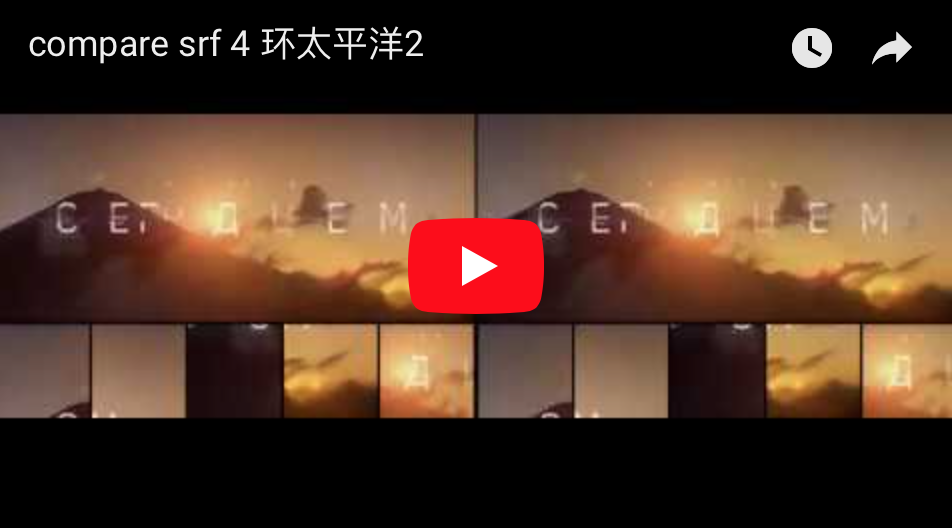A PyTorch implementation of SRGAN based on CVPR 2017 paper Photo-Realistic Single Image Super-Resolution Using a Generative Adversarial Network.
- Anaconda
- PyTorch
conda install pytorch torchvision -c pytorch
- tqdm
conda install tqdm
- opencv
conda install opencv
The train and val datasets are sampled from VOC2012.
Train dataset has 16700 images and Val dataset has 425 images.
Download the datasets from here(access code:5tzp), and then extract it into data directory.
The test image dataset are sampled from
| Set 5 | Bevilacqua et al. BMVC 2012
| Set 14 | Zeyde et al. LNCS 2010
| BSD 100 | Martin et al. ICCV 2001
| Sun-Hays 80 | Sun and Hays ICCP 2012
| Urban 100 | Huang et al. CVPR 2015.
Download the image dataset from here(access code:xwhy), and then extract it into data directory.
The test video dataset are three trailers. Download the video dataset from here(access code:zabi).
python train.py
optional arguments:
--crop_size training images crop size [default value is 88]
--upscale_factor super resolution upscale factor [default value is 4](choices:[2, 4, 8])
--num_epochs train epoch number [default value is 100]
The output val super resolution images are on training_results directory.
python test_benchmark.py
optional arguments:
--upscale_factor super resolution upscale factor [default value is 4]
--model_name generator model epoch name [default value is netG_epoch_4_100.pth]
The output super resolution images are on benchmark_results directory.
python test_image.py
optional arguments:
--upscale_factor super resolution upscale factor [default value is 4]
--test_mode using GPU or CPU [default value is 'GPU'](choices:['GPU', 'CPU'])
--image_name test low resolution image name
--model_name generator model epoch name [default value is netG_epoch_4_100.pth]
The output super resolution image are on the same directory.
python test_video.py
optional arguments:
--upscale_factor super resolution upscale factor [default value is 4]
--video_name test low resolution video name
--model_name generator model epoch name [default value is netG_epoch_4_100.pth]
The output super resolution video and compared video are on the same directory.
Upscale Factor = 2
Epochs with batch size of 64 takes ~2 minute 30 seconds on a NVIDIA GTX 1080Ti GPU.
Image Results
The left is bicubic interpolation image, the middle is high resolution image, and the right is super resolution image(output of the SRGAN).
- BSD100_070(PSNR:32.4517; SSIM:0.9191)
- Set14_005(PSNR:26.9171; SSIM:0.9119)
- Set14_013(PSNR:30.8040; SSIM:0.9651)
- Urban100_098(PSNR:24.3765; SSIM:0.7855)
Video Results
The left is bicubic interpolation video, the right is super resolution video(output of the SRGAN).
Upscale Factor = 4
Epochs with batch size of 64 takes ~4 minute 30 seconds on a NVIDIA GTX 1080Ti GPU.
Image Results
The left is bicubic interpolation image, the middle is high resolution image, and the right is super resolution image(output of the SRGAN).
- BSD100_035(PSNR:32.3980; SSIM:0.8512)
- Set14_011(PSNR:29.5944; SSIM:0.9044)
- Set14_014(PSNR:25.1299; SSIM:0.7406)
- Urban100_060(PSNR:20.7129; SSIM:0.5263)
Video Results
The left is bicubic interpolation video, the right is super resolution video(output of the SRGAN).
Upscale Factor = 8
Epochs with batch size of 64 takes ~3 minute 30 seconds on a NVIDIA GTX 1080Ti GPU.
Image Results
The left is bicubic interpolation image, the middle is high resolution image, and the right is super resolution image(output of the SRGAN).
- SunHays80_027(PSNR:29.4941; SSIM:0.8082)
- SunHays80_035(PSNR:32.1546; SSIM:0.8449)
- SunHays80_043(PSNR:30.9716; SSIM:0.8789)
- SunHays80_078(PSNR:31.9351; SSIM:0.8381)
Video Results
The left is bicubic interpolation video, the right is super resolution video(output of the SRGAN).
The complete test results could be downloaded from here(access code:wnvn).














